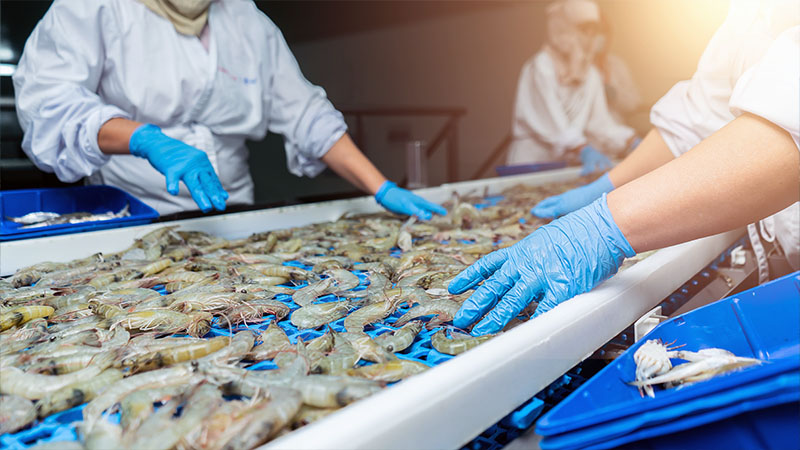Exclusive content

In recent times, the global market for blue shrimp has witnessed a notable 40% recovery in volumes, bringing a glimmer of optimism to Mexican producers. However, the celebration is short-lived, as the crustacean faces a significant hurdle—failing to surpass the MXN 200 (USD 11.62) per kilogram mark, primarily due to market saturation on an international scale.
Struggling to Break the 200 Pesos Barrier
Miguel Rousse Acosta, the director of Mexican Shrimp Paradise, expressed disappointment over the pricing challenges despite successful catches. The current market scenario reflects a drop in prices to MXN 180 (USD 10.46), attributed to the availability of shrimp from competitors such as Ecuador, India, and Vietnam in the United States, the primary market for Mexican exports.
US Market Dynamics
Highlighting the complexities faced by exporters, Rousse Acosta pointed out the limited sales in crucial cities like Chicago and Las Vegas, major hubs for seafood consumption in the United States. Exporters are grappling with additional costs, including storage, transportation, tariffs, fuel, and supplies, making the business increasingly challenging.
Blue Shrimp’s Resurgence
The ongoing capture season has seen a considerable rebound in blue shrimp since October 2023, thanks to the natural impact of La Niña. Surpassing brown shrimp by an impressive 80%, blue shrimp is witnessing increased demand for sale and consumption.
A Double Blow to Shrimp Prices
Rousse Acosta shed light on the influence of both the United States’ economy and recent elections on shrimp prices. Since the summer of the previous year, a noticeable decline in shrimp and seafood consumption has been observed, contributing to the current predicament.
A Shift towards Medium to Small Sizes
In response to global trends, most countries, including Mexico, are opting to export medium to small sizes, such as 16/20 and below. This shift is attributed to the natural limitations in the growth and development of shrimp in the sea.
A Potential Solution
Rousse Acosta suggested that the key to improving prices lies in exporting larger sizes, such as U8, U9, U10, and even U12. These larger sizes cater to exclusive consumption in high-end sectors like casinos, hotels, and upscale restaurants, particularly in the eastern United States.